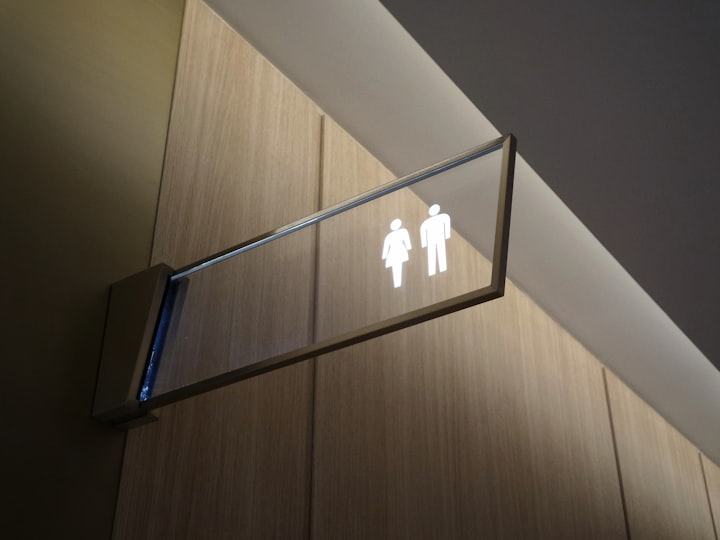Understanding & Treating 5 Types of Incontinence
Read this article to learn more about 5 common forms of incontinence and how to treat them.

Incontinence is a medical condition characterized by the involuntary loss of urine or feces. Incontinence can significantly impact one's physical, emotional, and social well-being, making it essential to understand its various types and seek appropriate treatments.
1. Stress Incontinence:
Stress incontinence is a condition that arises when the bladder experiences pressure during physical activities such as sneezing, laughing, lifting heavy objects, or exercising, resulting in the involuntary leakage of urine. The underlying cause of stress incontinence lies in the weakening of the pelvic floor muscles, which play a vital role in supporting the bladder and urethra. The stress and strain endured during pregnancy and childbirth, as well as hormonal changes during menopause, can contribute to the weakening of these muscles, exacerbating the likelihood of urine leakage. It is essential to understand that stress incontinence is a treatable condition, and there are various approaches available to improve symptoms and restore confidence. Pelvic floor exercises, commonly known as Kegel exercises, are an effective means of strengthening the pelvic muscles and enhancing bladder control. Seeking professional guidance from healthcare experts can lead to personalized treatment plans that may include lifestyle modifications, behavioral therapies, and, in severe cases, surgical interventions or the use of supportive devices.
2. Urge Incontinence:
Urge incontinence, commonly referred to as overactive bladder (OAB), is a bothersome condition characterized by an abrupt and overwhelming urgency to urinate, which frequently results in involuntary urine leakage before one can reach the restroom. This distressing urgency is attributed to involuntary contractions of the bladder muscles, leaving the individual with limited time to react or find a suitable restroom. The sensation of urgently needing to urinate can strike unexpectedly, disrupting daily activities and social interactions, leading to feelings of embarrassment and anxiety. OAB can profoundly impact one's quality of life, as it may cause sleep disturbances, interfere with work, and restrict participation in recreational activities. Managing urge incontinence involves a comprehensive approach, including behavioral therapies such as bladder training to gradually increase the time between bathroom visits, as well as pelvic floor exercises to strengthen the muscles involved in bladder control. Additionally, healthcare professionals may prescribe medications that help relax the overactive bladder muscles, effectively alleviating the urgency and frequency of urges. Individuals with urge incontinence may find relief by researching the best incontinence pads.
3. Overflow Incontinence:
Overflow incontinence is a distressing condition that arises when the bladder's capacity to empty is compromised. This leads to an overflow of urine and subsequent leakage. It occurs due to either an obstruction that hinders the proper flow of urine from the bladder or a weakening of the bladder muscles, preventing effective emptying. As a result, individuals afflicted with this type of incontinence may encounter difficulties in fully voiding their bladders, leaving residual urine that eventually overflows. Overflow incontinence often presents itself as a weak and hesitant stream of urine, making it challenging to control and manage. Recognizing the underlying cause of overflow incontinence is crucial for devising effective treatment strategies, which may include catheterization to ensure complete bladder emptying or interventions to address obstructions or bladder muscle dysfunction.
4. Functional Incontinence:
Functional incontinence manifests as a challenging condition in which individuals face difficulties reaching the bathroom in a timely manner due to physical or cognitive impairments. This form of incontinence is especially prevalent among elderly individuals. The lack of a clear connection to the bladder itself makes it distinctive from other types of incontinence, making accurate diagnosis crucial for implementing appropriate management strategies. Caregivers and loved ones play a vital role in providing support to individuals with functional incontinence, ensuring a safe and accessible living environment and offering assistance as needed. The use of aids such as grab bars, walkers, or assistive devices can greatly enhance mobility, enabling affected individuals to retain a sense of independence and dignity. Implementing a consistent toileting schedule and encouraging regular bathroom visits can be beneficial in managing functional incontinence, ultimately contributing to an improved quality of life for those experiencing this challenging condition.
5. Mixed Incontinence:
Mixed incontinence is a complex condition characterized by the coexistence of two or more types of incontinence. This unique blend of symptoms makes managing mixed incontinence a particularly challenging task. Individuals affected by mixed incontinence may experience involuntary leakage of urine during activities that apply pressure on the bladder, such as sneezing or laughing (stress incontinence), as well as sudden, uncontrollable urges to urinate that lead to unintended leakage before reaching the restroom (urge incontinence). Treatment for mixed incontinence may involve a combination of therapeutic approaches used for stress and urge incontinence, such as pelvic floor exercises, bladder training, and medications to relax the bladder muscles. In more severe cases, medical interventions like surgical procedures or the use of supportive devices might be considered.
Conclusion
Incontinence is a widespread issue with various types, and understanding each type is crucial for proper diagnosis and treatment. If you or someone you know is experiencing incontinence, it is essential to seek medical advice promptly.





Comments
There are no comments for this story
Be the first to respond and start the conversation.